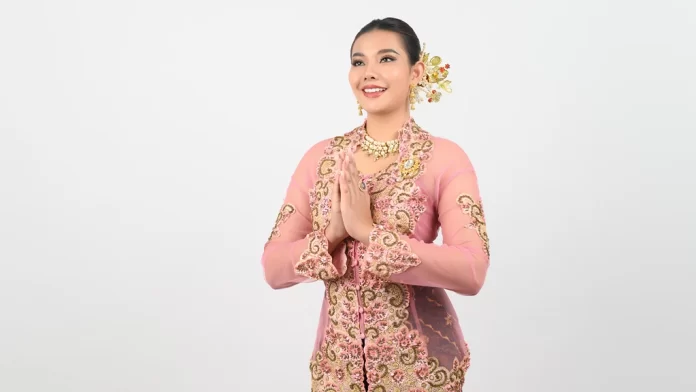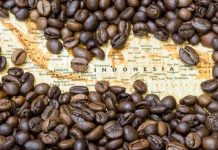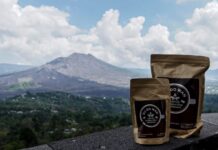The kebaya is often associated with traditional and formal occasions, evoking a sense of nostalgia. It is not commonly worn for everyday activities nowadays, mainly reserved for special celebrations and events where formal attire is expected.
Interestingly, in the past, the kebaya held a very different role. It was once a staple in women’s daily wardrobes, serving as attire for various everyday tasks like going to the market, cooking, working, and tending to fields. This garment was not just an ordinary shirt; it carried significant historical and cultural importance.
Throughout its long history, the kebaya has played a vital role in Indonesia’s journey to independence. It has remained present in every era the nation has traversed, representing a consistent thread connecting Indonesia’s past to its present.
Here are 6 unique facts about kebaya that will surprise you:
1. Kebaya is Believed to Have Originated from the Middle East
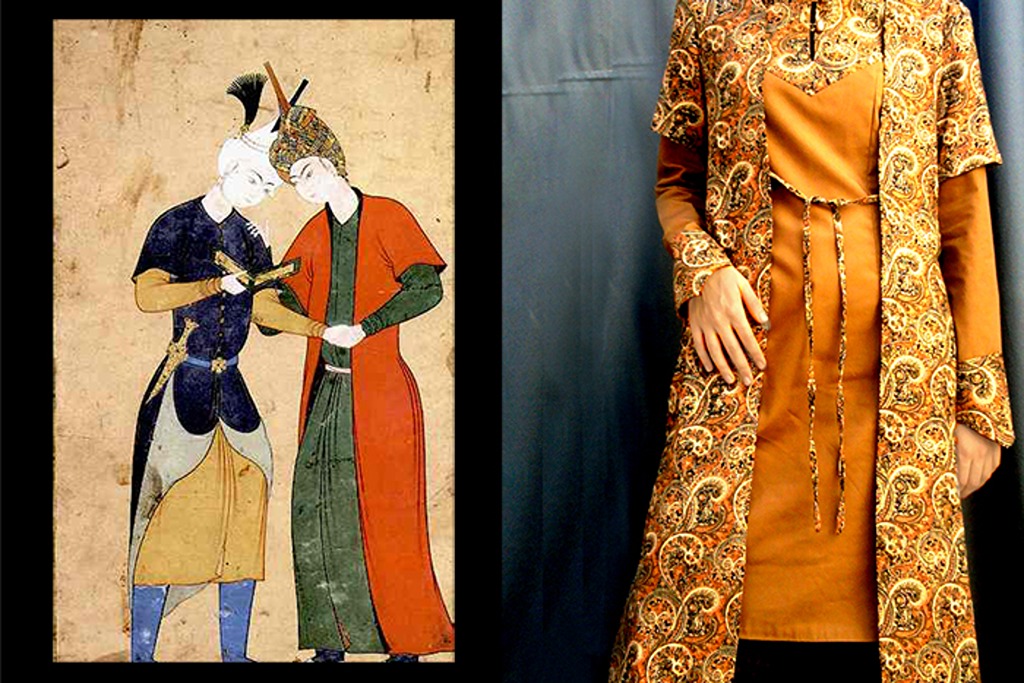
The kebaya is thought to have originated from the Middle East and has a rich history that spans different cultures and regions. Its roots can be traced back to the qaba, a jacket with Persian significance, and Javanese aristocrats and upper-class women were wearing similar open-fronted clothing even before the Portuguese arrived in Java in 1512.
2. The Name Kebaya Comes from the Portuguese Language
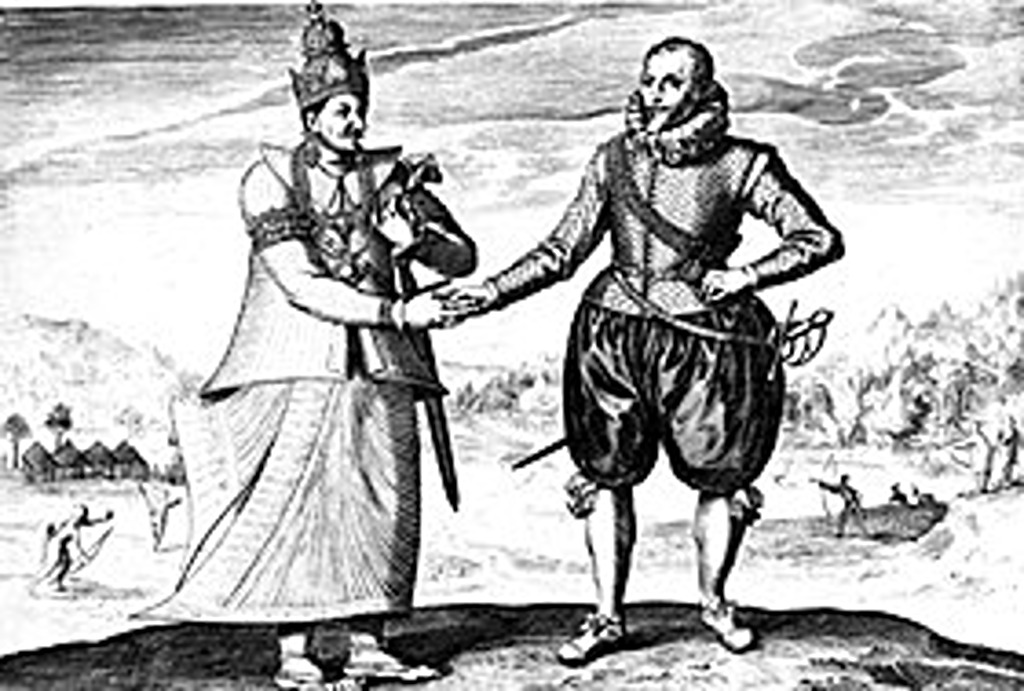
The name “kebaya” is believed to have been derived from the Portuguese word “caba” or “cabaya,” meaning “tunic.” Over time, the kebaya evolved, becoming a blend of women’s blouses and batik sarongs, especially popular among Dutch and Southeast Asian women during the Dutch East Indies era, offering a modest and practical option suitable for tropical climates.
3. The Most Famous Version of Kebaya
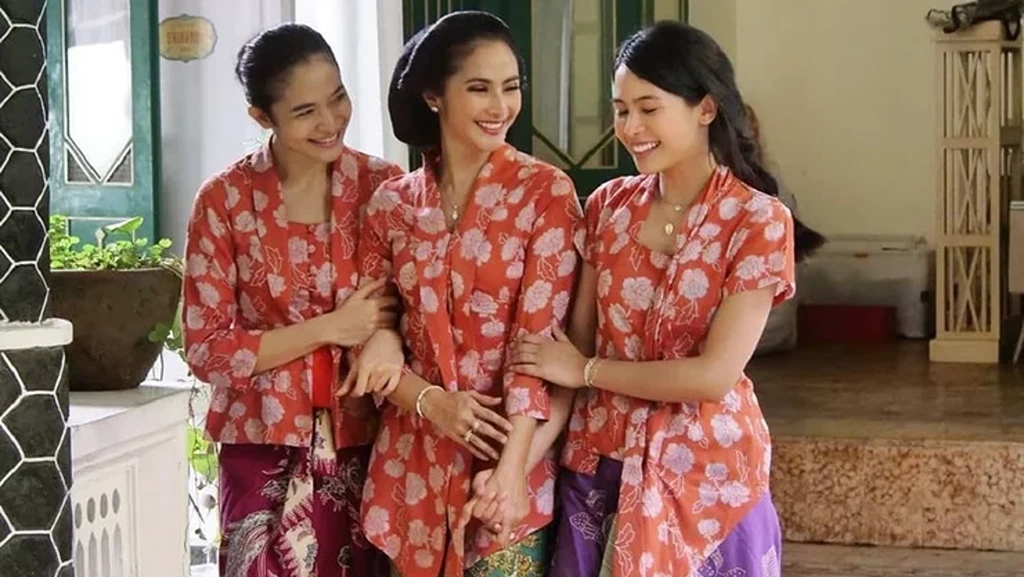
The kebaya’s style has evolved, and today, it comes in various forms. Notable versions include the Kebaya Bali, Kebaya Kutubaru, Kebaya Encim, Kebaya Melayu, Kebaya Kartini, and Kebaya Thailand, each with its unique features and embellishments. These types of kebaya are suitable for August 17th and weddings.
4. Kebaya Spread to Different Southeast Asian Countries
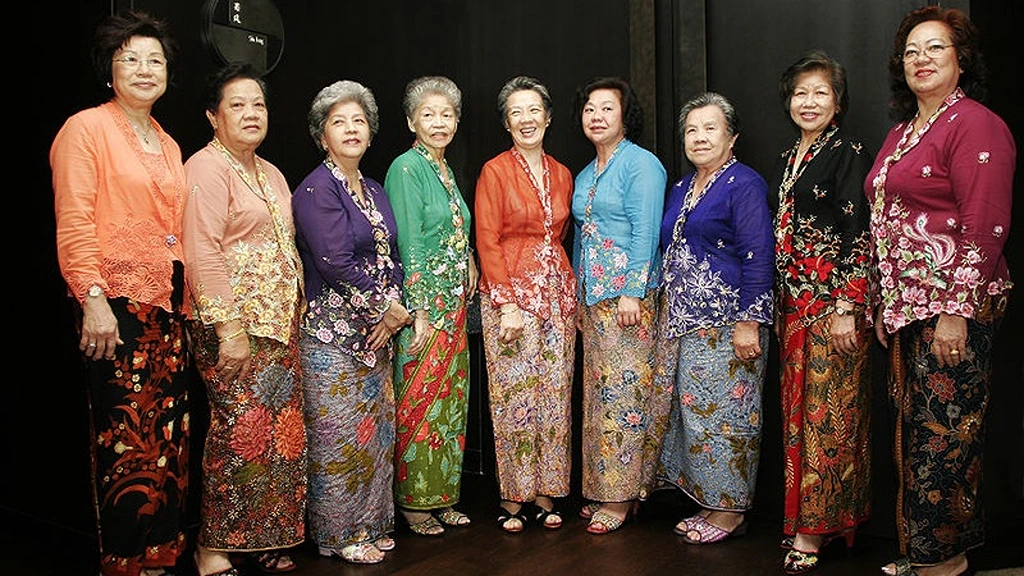
As the kebaya spread to different Southeast Asian countries, artisans from each region added their own distinct touches. Balinese women, for example, pair the kebaya with colorful sashes, while in Java, white kebayas with European-style lace became popular during the Dutch colonial period. The kebaya also carries cultural significance, with Peranakan women in Malaysia embroidering theirs with symbols like phoenixes and peonies to represent their Chinese heritage.
5. Became the Uniform for Airline Cabin Crew
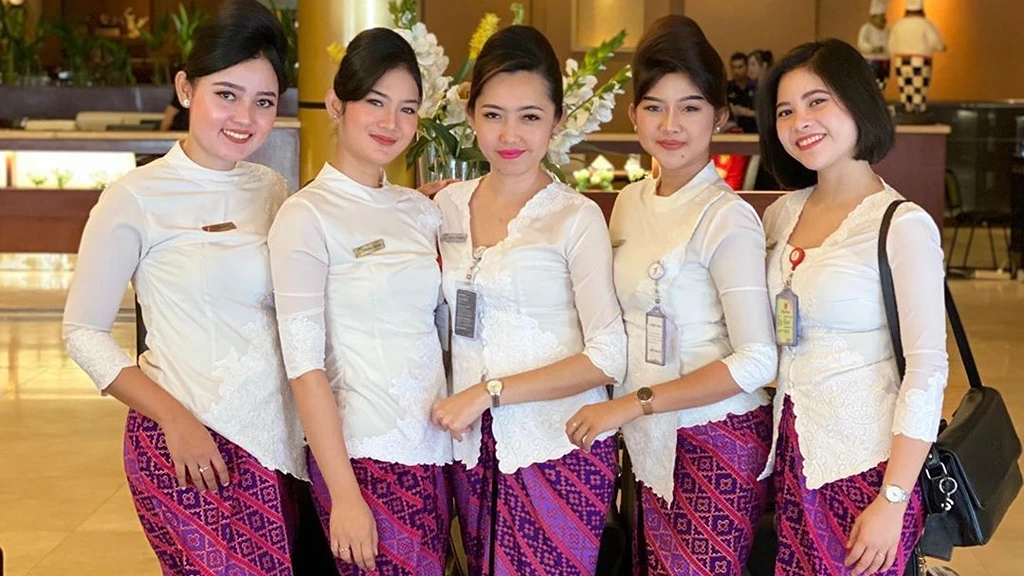
In 1945, the kebaya became Indonesia’s national dress and later became the uniform for female cabin crew in Garuda Indonesia, Malaysia Airlines, and Singapore Airlines. It even caught the attention of French couturier Pierre Balmain, who designed a kebaya sarong in 1974.
6. Kebaya as the Official National Attire
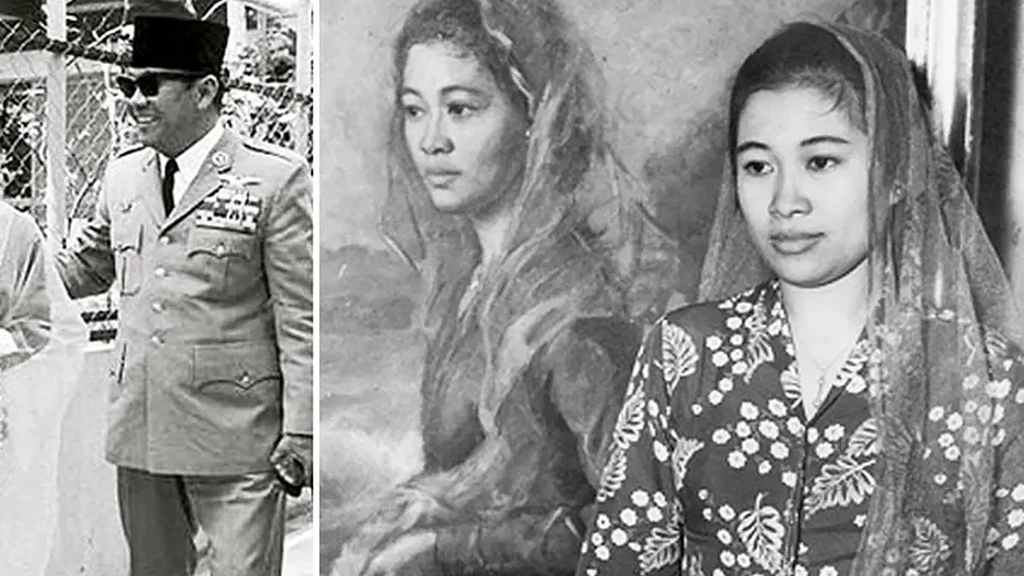
Following Indonesia’s liberation from Dutch rule, President Sukarno designated the kebaya as the official national attire for the country. This endorsement of the kebaya as a symbol of national identity was prominently demonstrated by Indonesian first ladies, including Fatmawati and Dewi Sukarno, who both frequently wore this traditional dress. However, the formal and widespread consensus on the kebaya as the official national attire was solidified in Jakarta in 1978, after several decades had passed since Sukarno’s initiative.
In essence, the kebaya stands as a symbol of the nation’s heritage and is a testament to its enduring spirit across the ages.
What do you think about Kebaya? Have you ever worn a Kebaya? In what event do you wear Kebaya? Share what you think in the comments section below.

